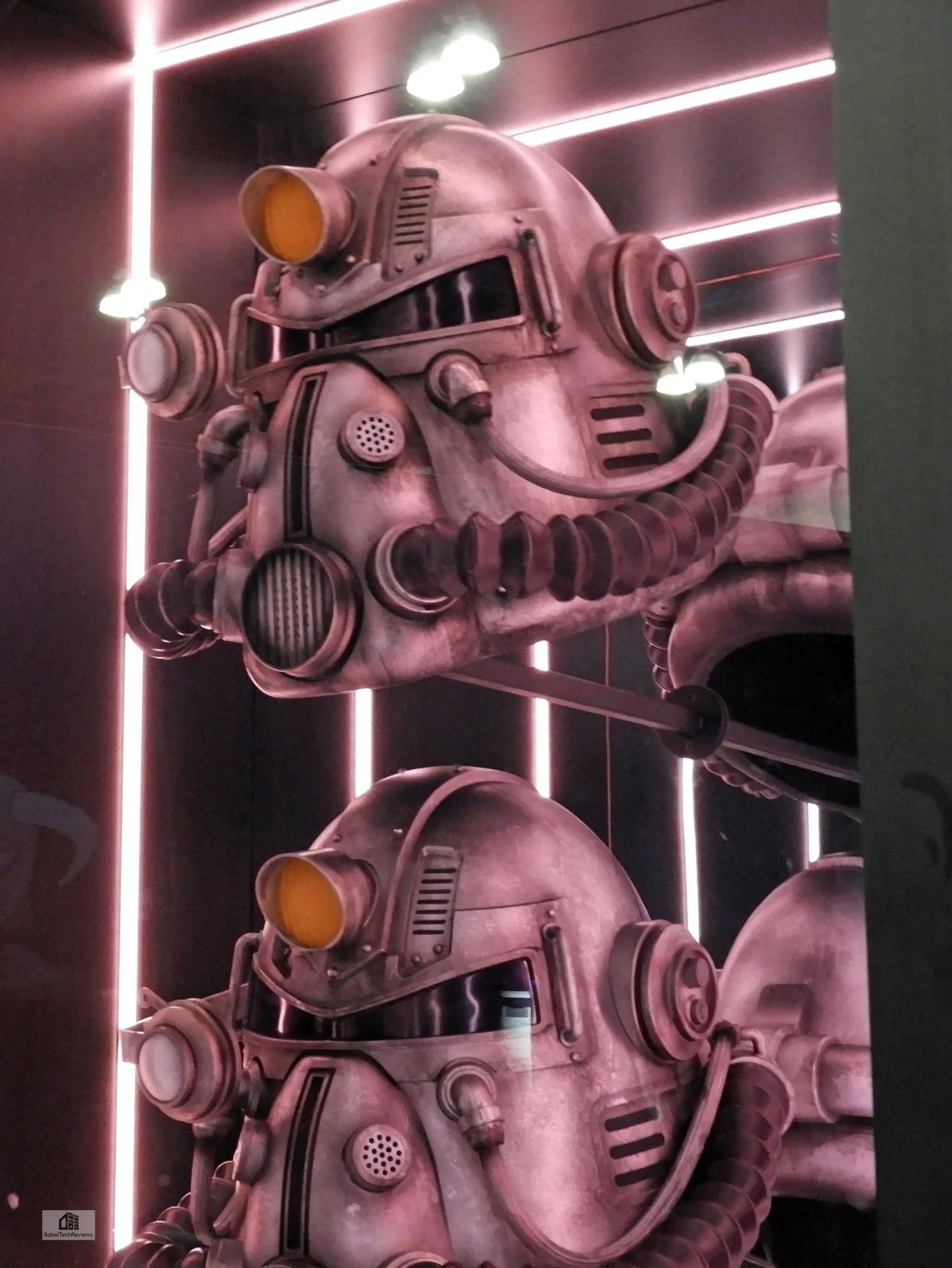E3 2018 Wrap-up featuring NVIDIA & VR, Vive & Display Link, Oculus Games’ Defector, and Woojer’s ryg haptic vest
This editor was privileged to attend E3 again on Wednesday. Recovering after weeks of illness caused by a series of medical professional blunders, one day at the show was all we could manage, and although we had to limit our time in virtual reality (VR), we still had a great time.
The real business of E3 goes on by appointment, and some of the details of what we learned are still under NDA, but we will share our visit with NVIDIA, Vive, the upcoming Oculus exclusive Defector demo, and hands on with Woojer’s haptic vest. We also spent hours checking out upcoming hardware and game demos while talking with the exhibitors on the show floor.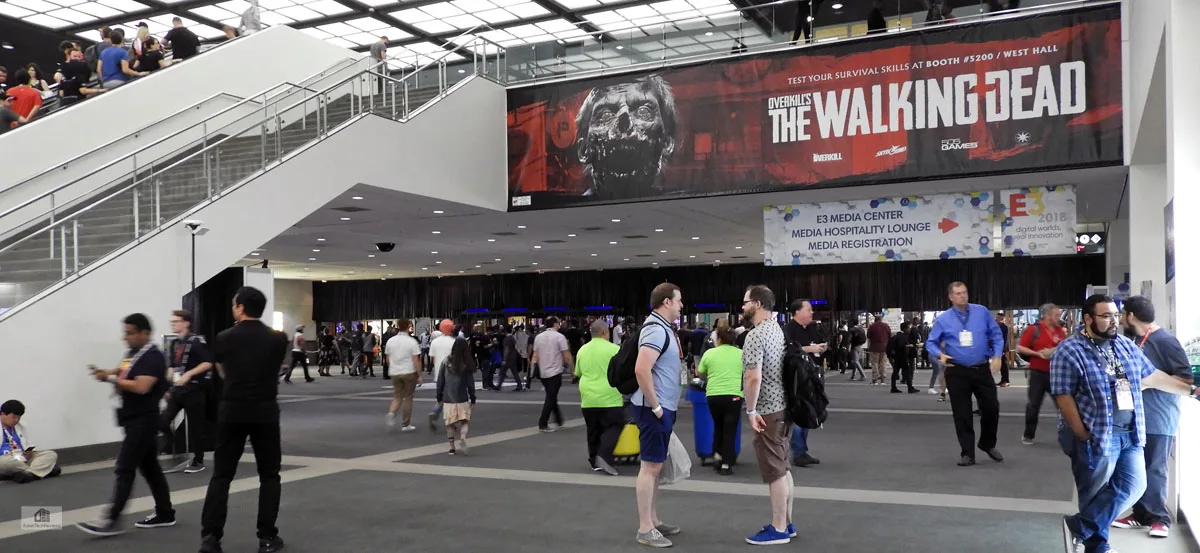
E3 is a huge formerly all-industry video gaming-related event held every year at the Los Angeles Convention Center, and again this year it was open to 15,000 gamers and members of the public. More than 69,200 people attended E3 2018 and millions more watched the events online. More than 3,250 products were showcased by more than 200 exhibitors and many of the exhibits featured VR (Virtual Reality) although it seemed less than last year.
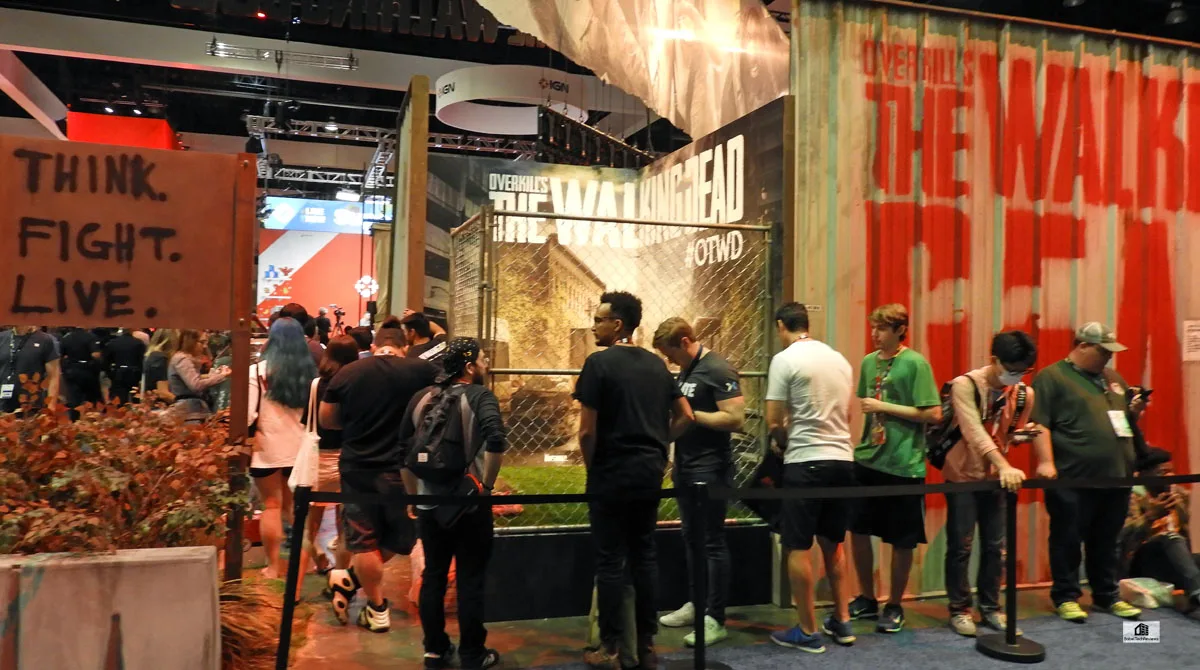
It is impossible for anyone to cover more than a small part of E3, so this report highlights our 90 minute private off-floor meeting with NVIDIA which included playing The Shadow of the Tomb Raider’s first mission in 4K, and VR which included a playing a VR demo, and a meeting with Vive.

E3 is absolutely huge and there are long lines for every highly anticipated game. Unless, you are a member of the media that has made appointments long in advance, you may stand in line for hours just to experience a single popular game demo for a few minutes, very much like at an amusement park.
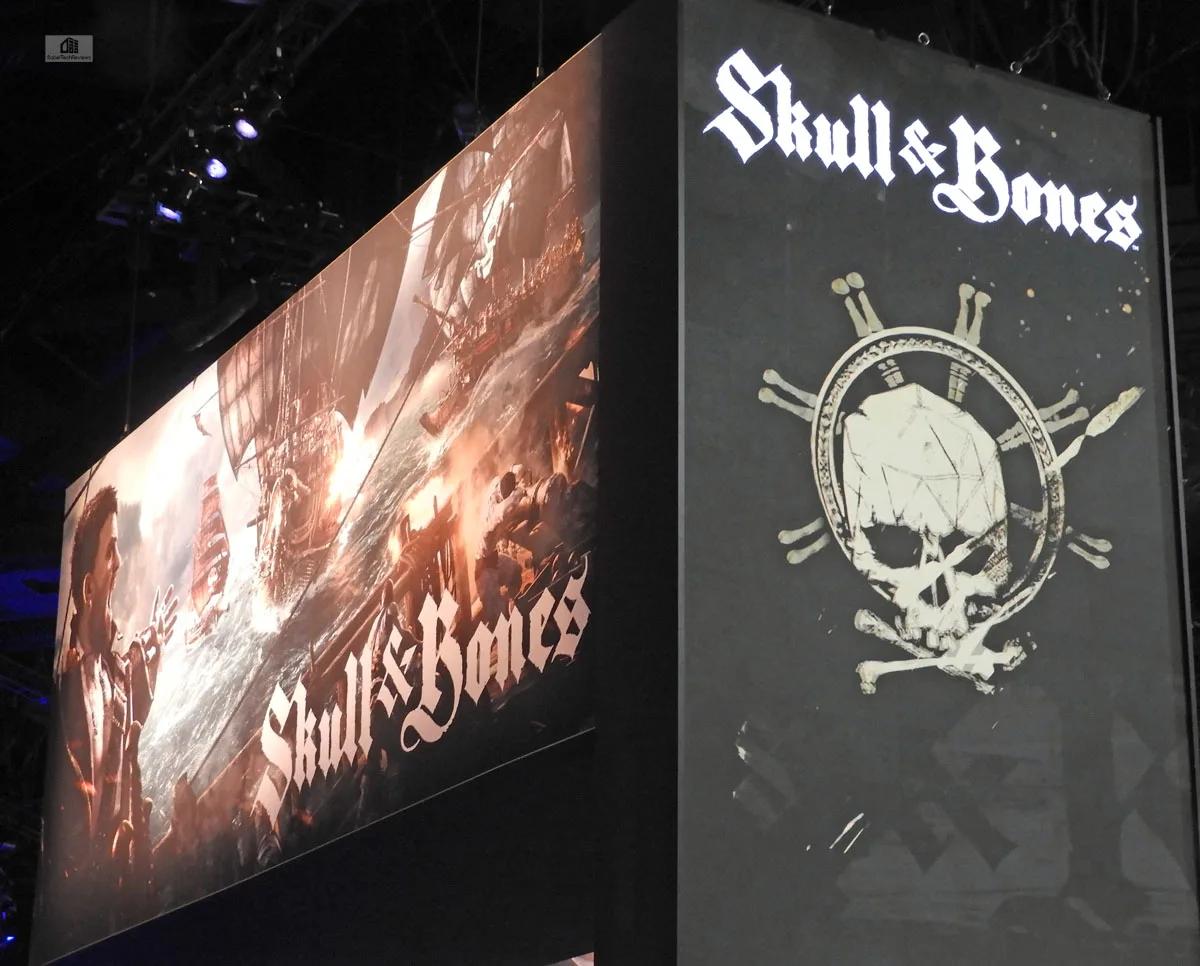 Ubisoft showed several eagerly anticipated upcoming titles. If you liked playing as a Pirate in Assassin’s Creed: Black Flag as much as we did, then you may really like Skull & Bones. which is due in 2019.
Ubisoft showed several eagerly anticipated upcoming titles. If you liked playing as a Pirate in Assassin’s Creed: Black Flag as much as we did, then you may really like Skull & Bones. which is due in 2019.
The buzz is very positive especially with the addition of some creative multiplayer modes. They also showed off the Division 2, Assassin’s Creed: Odyssey, and a creepy VR game Transferrence due this fall that we did not have time to check out.
Bethesda featured Fallout 76 and DOOM’s Eternal expansion as well as Prey’s Mooncrash, Wolfenstein’s Cyberpilot and Youngblood, plus Elder Scrolls 6. We found out that Bethesda is not actively planning for VR versions of Fallout 76 and DOOM Eternal, but they did not rule it out either.
Just Cause 4 is planned for a 2019 release and it looks good.
Fortnite was a huge draw and there were multiple lines for the demos.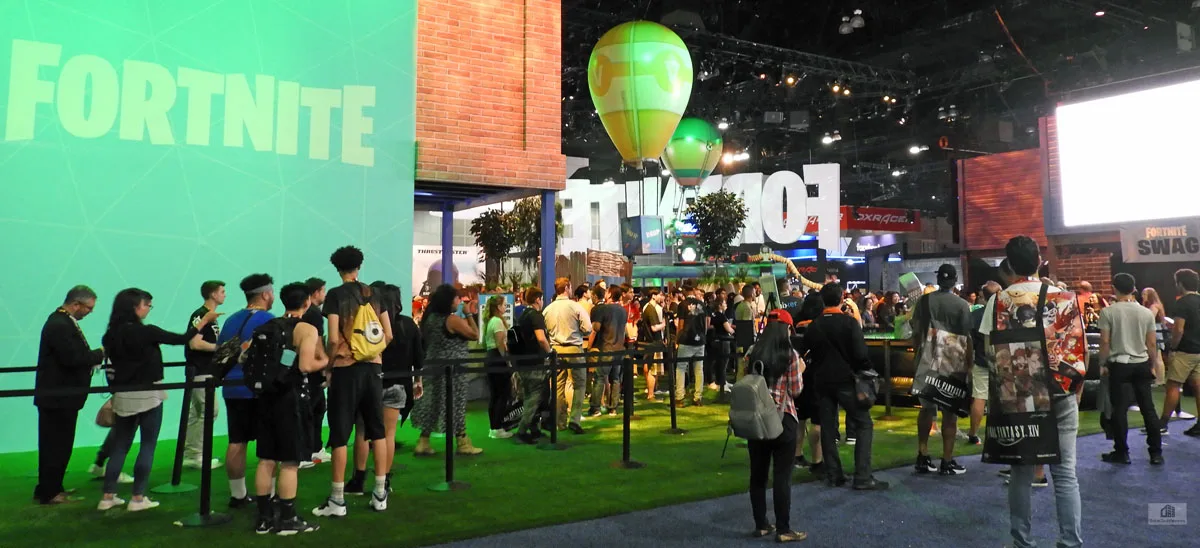
Props are everywhere and this Deere farm equipment is real but the horse is not in the Farming Simulator exhibit.
Resident Evil 2 is getting a remake and it will be optimized for AMD Radeon GPUs we are told. It is a classic adventure, and we can hope the devs are also thinking of porting it to VR as it would be excellent for virtual reality. Fans could interact with the zombie police officer for selfies or to have their picture takes by friends.
Spiderman is popular and we can only hope for web-swinging VR games.
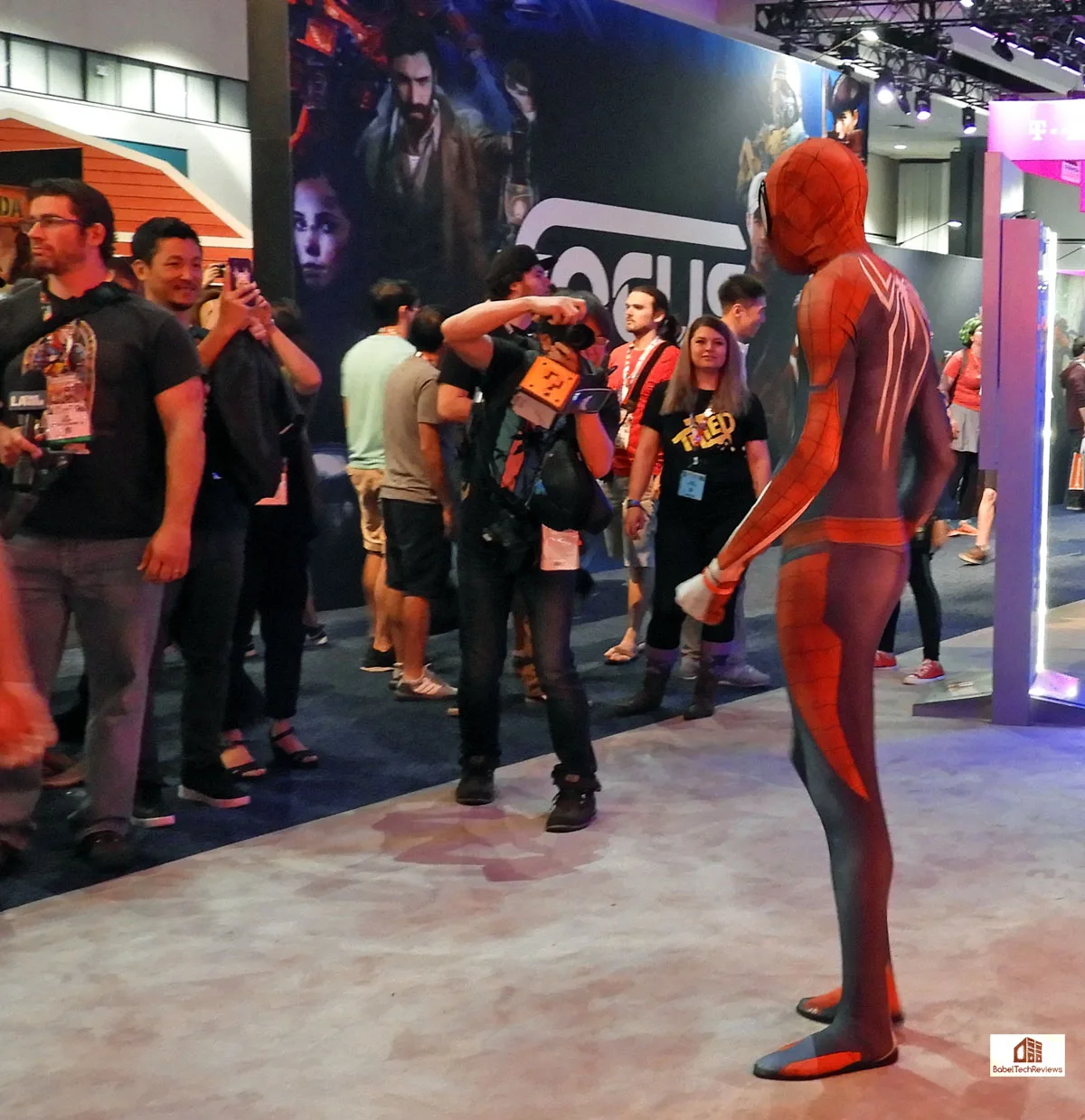
NVIDIA
We were invited to NVIDIA’s private meeting suite in the convention center where they featured PCs for the media to play Shadow of the Tomb Raider, an eagerly anticipated shooter that will probably be played by millions of gamers when it releases on September 6 for PC and for the consoles.
Shadow of the Tomb Raider
NVIDIA is working with Square Enix, Eidos-Montréal, Crystal Dynamics, and Nixxes as their official PC partner for Shadow of the Tomb Raider, and NVIDIA announced at E3 that the game will support both Highlights and Ansel.
As an invited member of the media, this editor got to play through most of the first training mission of Shadow of the Tomb Raider This three and one-half minute 4K video by NVIDIA is representative of the earliest part of the game. It is visually impressive and it appears to be an incremental graphics step-up over Rise of the Tomb Raider, yet it runs very well on a G-SYNC 4K display powered by a GTX 1080 Ti.
The cutscenes were not as fluid as they were 30 FPS captures and not produced by the game engine, so it is probably still being optimized for the PC. We played in DX11 but the game will run on DX11 or on DX12.
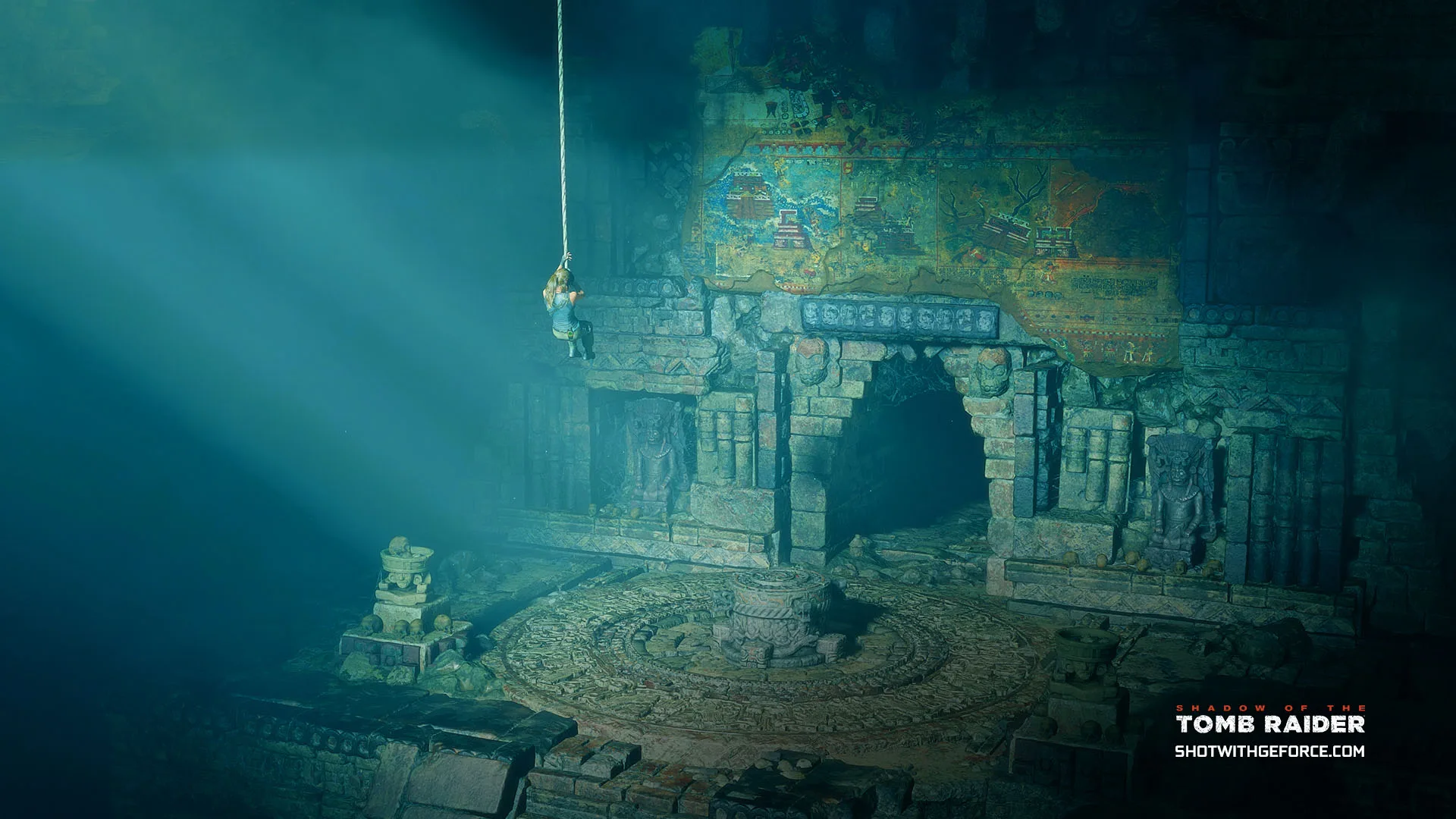
NVIDIA Highlights will capture a player’s major action and battle highlights in-game during the climax of Shadow of the Tomb Raider using ShadowPlay technology. The capture can then be edited and shared via the GeForce Experience to Facebook, YouTube or Weibo. Two new games that include Highlights support beside Shadow of the Tomb Raider, are Dirty Bomb, and Switchblade.
NVIDIA Ansel also uses the GeForce Experience to stage and capture custom in-game screenshots not possible otherwise. Shadow of the Tomb Raider is an amazing-looking world that Ansel can help a player to create beautiful and unique high-res screenshots that may be shared on social media or by using www.shotwithgeforce.com.
Max-Q
NVIDIA has introduced Max-Q as a design approach that redefines gaming notebooks to be much thinner and lighter while also providing significantly more performance than earlier generation notebooks. 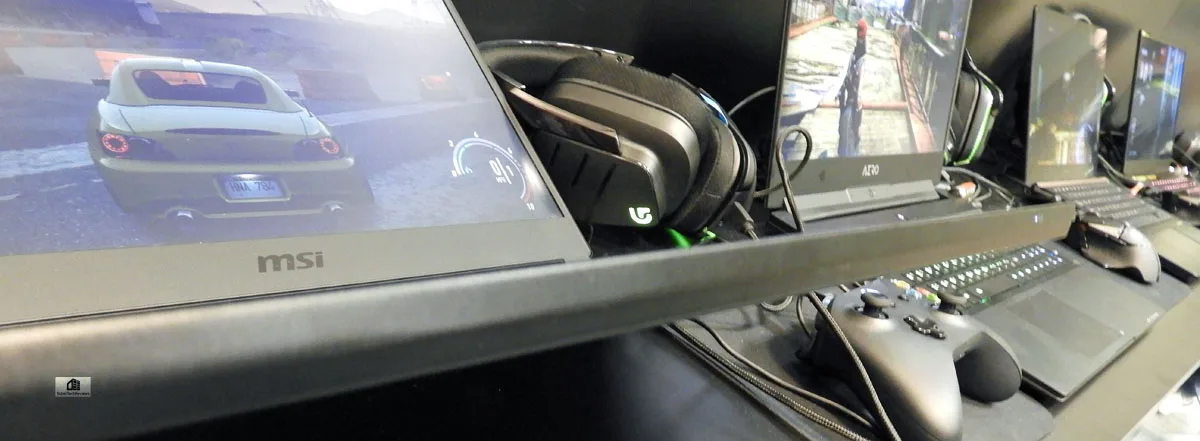 Max-Q notebooks are quite impressive being incredibly thin and light, while still suitable for serious AAA gaming.
Max-Q notebooks are quite impressive being incredibly thin and light, while still suitable for serious AAA gaming.
G-SYNC & BFGD
17 of NVIDIA’s partners ship nearly 60 G-SYNC displays for desktop and more than 150 for notebook displays. On display we saw several 4K HDR displays that are 144Hz G-SYNC displays – and they are really HDR as they display 1000 nits with a 384 Zone full array direct backlight that allows for far more intense lighting and corresponding detail than most of the slow-for-gaming 4K HDTVs that pass for “HDR”. 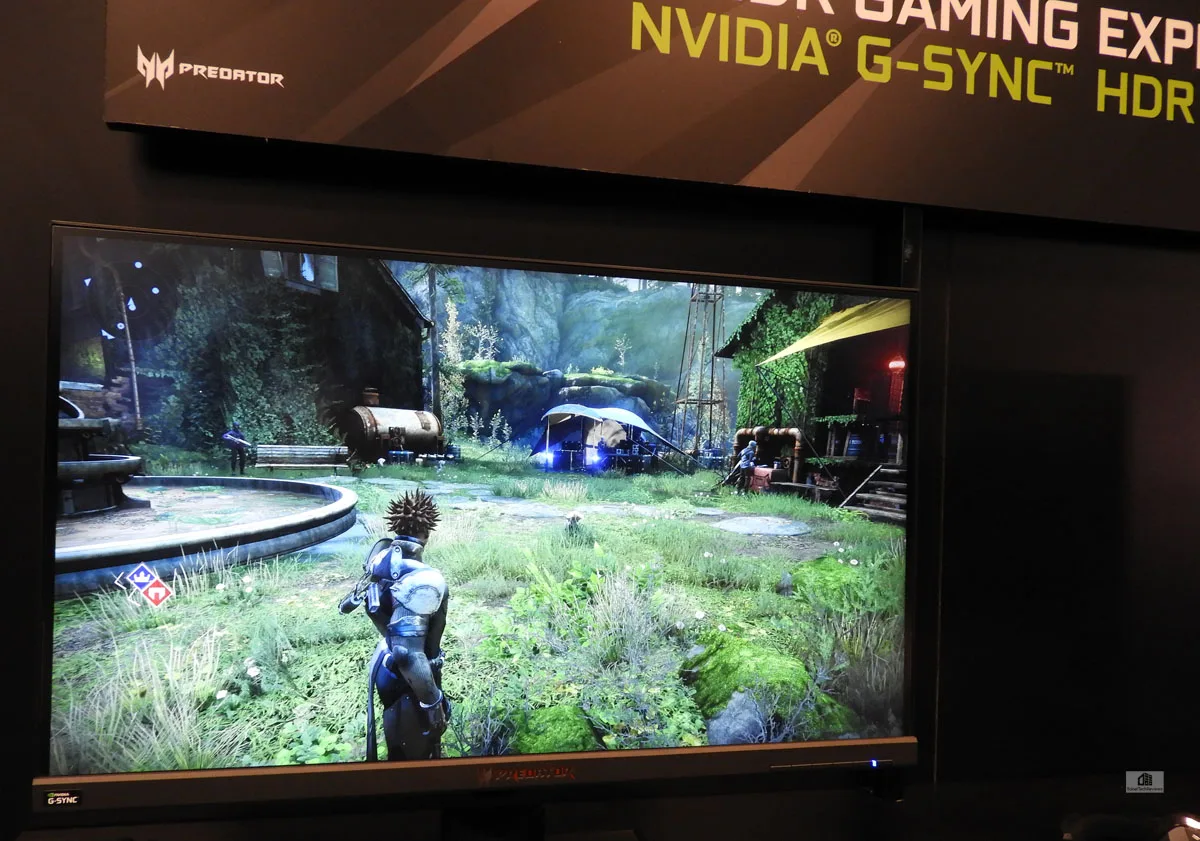
BFGD was created to integrate a high-end 65-inch, 4K 120Hz HDR display with G-SYNC plus SHIELD, an advanced streaming device. For us, it would be the perfect desktop display and we would sit back about 4 feet as we seen in the setup below. The gaming experience is smooth and responsive, and the 65″ VA panel delivers deep blacks and vivid colors in HDR.
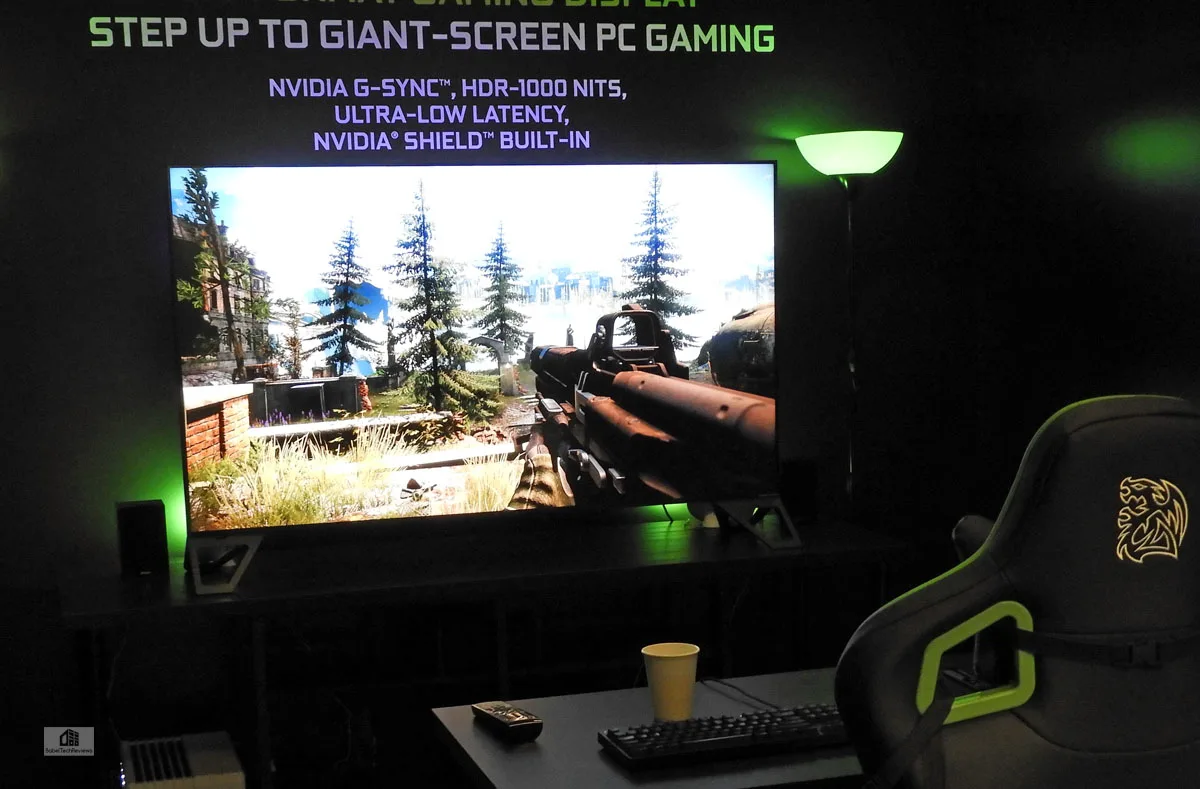
These ultra-low latency BFGD panels feature the latest G-SYNC HDR technology that synchronize the display’s 120Hz refresh rate to the video card’s output. And this G-SYNC Variable Refresh Rate technology works even with movies. In addition to gaming, all the features of SHIELD TV are integrated including the Google Assistant and GameStream.
RTX
Although Ray Tracing (RT) is the “holy grail” of real time graphics, it still takes a lot of time. By using deep learning coupled with denosing similar to what was presented at last year’s SIGGRAPH, using RTX and GV100 production render has sped-up so fast that the developer can work in near-real time. And now RT has come to gaming as RTX.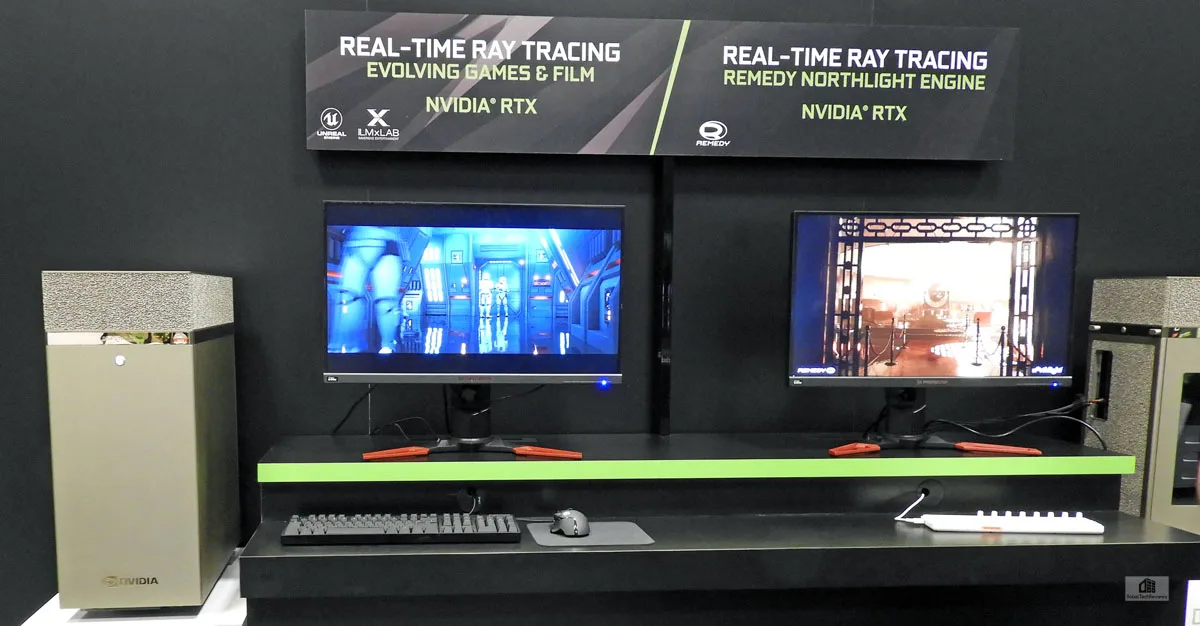
In the image above, a DG-X1 on the left is running the Star Wars demo with three Tesla V100s powering it while the demo on the right uses one Tesla GPU. Game developers could use DG-X1 or TITAN V to create PC games where RTX can be featured for supplemental lighting and shadowing. The following video is a Q&A with the presenter.
We did not get a hands on preview of Metro: Exodus which features RTX technology nor did we get to preview Anthem, but after 90 minutes at the NVIDIA suite, we headed out to meet with Vive.
VR
Everywhere one looked at E3 2017, the emphasis was on VR – this year, not so much. Gone is the over-optimistic belief that VR will be immediately accepted as the “next big thing” in gaming, but the VR-related vendors we talked to believe it will happen within the next 5 years. Just about everyone agrees that the HMD cord has got to go, and the next generation of wireless HMDs will support a higher resolution and eventually a lower pricing for mass acceptance to really begin.
It appears now that the issue of player locomotion in virtual reality has been temporarily resolved by the devs implementing multiple methods of locomotion inside the game world to suit most players’ tastes and to give them choices.
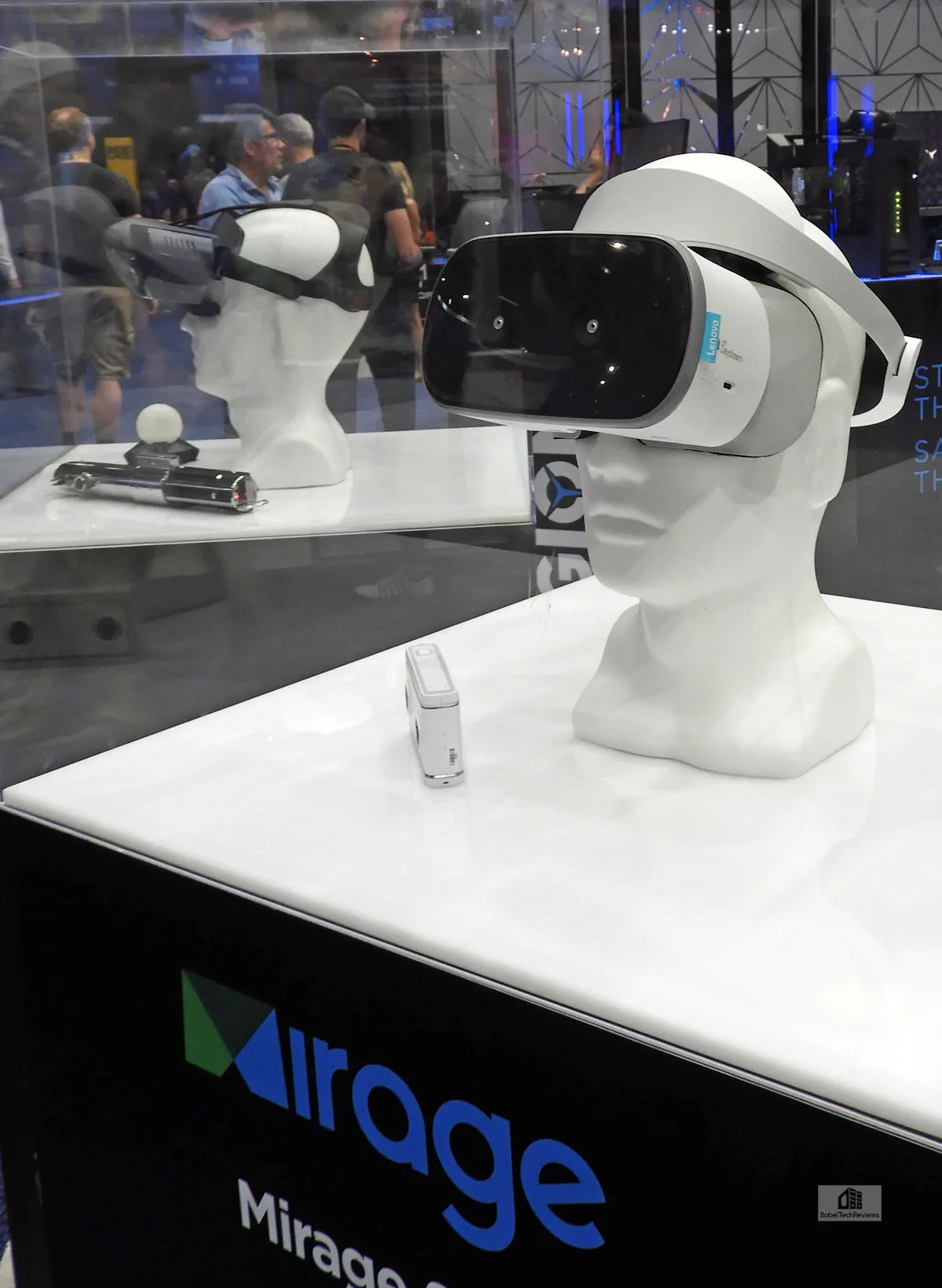
We spoke to a few VR-related vendors who like the fact that there are two competing giant companies – Steam and Facebook – who are both committed to advancing VR gaming, but they seemed to believe that Vive is completely dedicated to VR as a high-end PC gaming platform, and they like what they were seeing. We wish we had time for a much larger survey.
VIVE & DisplayLink
We stopped by the DisplayLink booth where Vive was also set up and we were able to check out the new DisplayLink wireless adapter for the Vive/Pro. Serious Sam: The Last Hope is one of our favorite benchmarks, and it was wirelessly being played in VR by attendees using a rotating barrel light gun to destroy the enemy NPCs, and the audience could follow along on the big screen.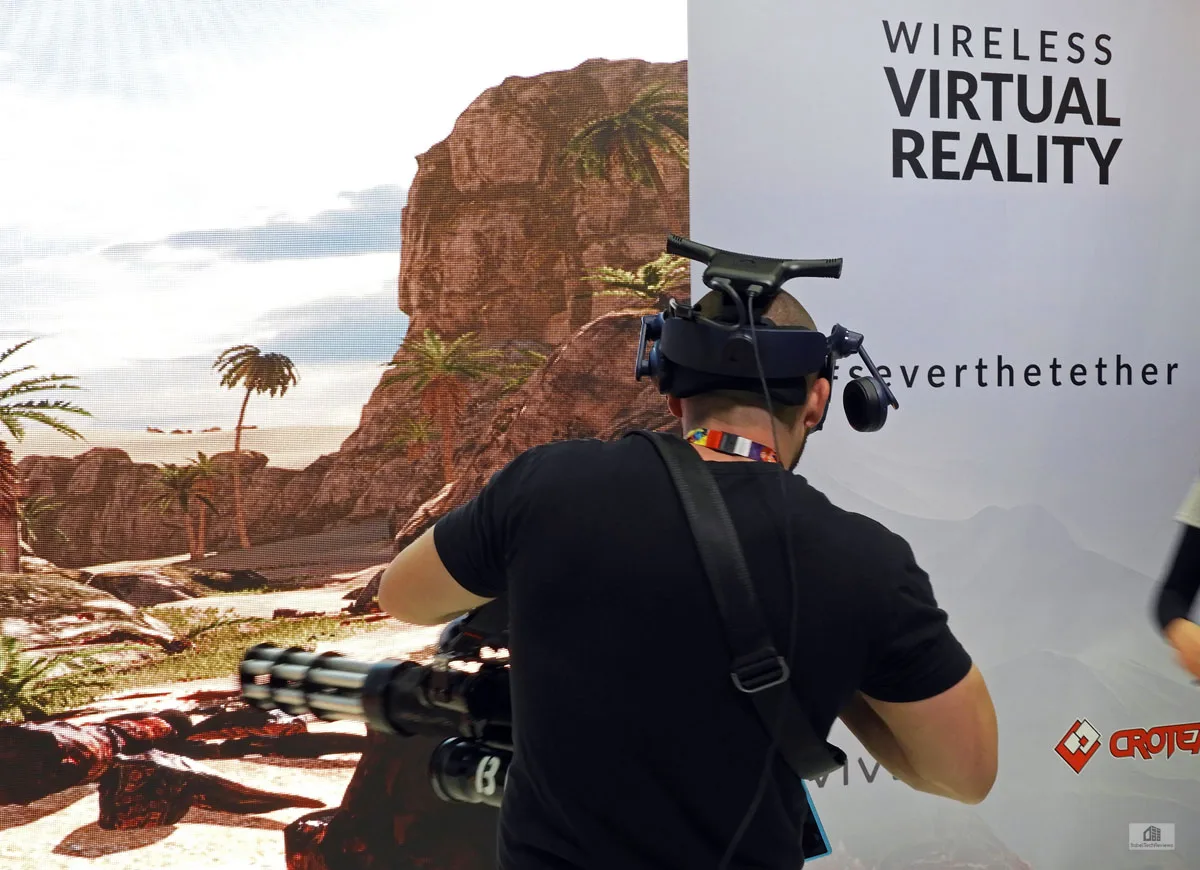
The new Vive Pro HMD boasts a 2880×1600 resolution dual AMOLED screen that is reportedly 78% sharper than the original Vive. Previously we had demoed DOOM VFR on the Pro and noticed that the screendoor effect is diminished from what we are used to with the Oculus Rift.
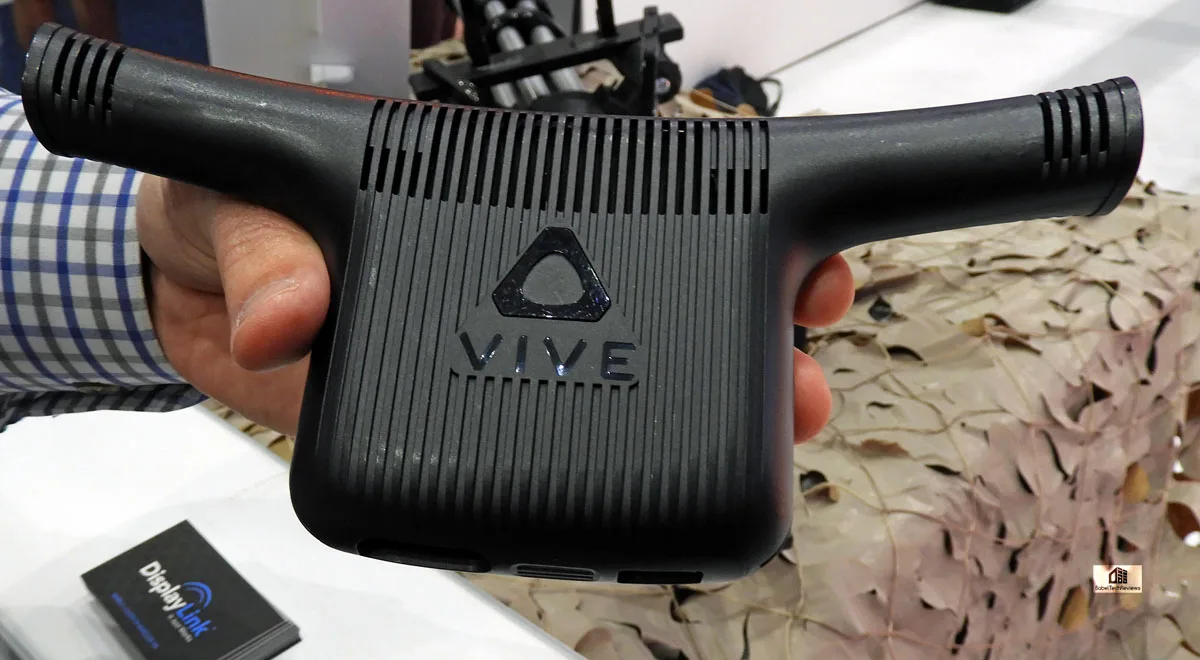 A stumbling block to mass adoption of VR is the issue of being tethered to one’s PC by a cable which is very annoying and can lead to tangles and even tripping. DisplayLink is showing off their new wireless adapter for the Vive or the Vive Pro, and it works very well without adding noticeable latency.
A stumbling block to mass adoption of VR is the issue of being tethered to one’s PC by a cable which is very annoying and can lead to tangles and even tripping. DisplayLink is showing off their new wireless adapter for the Vive or the Vive Pro, and it works very well without adding noticeable latency.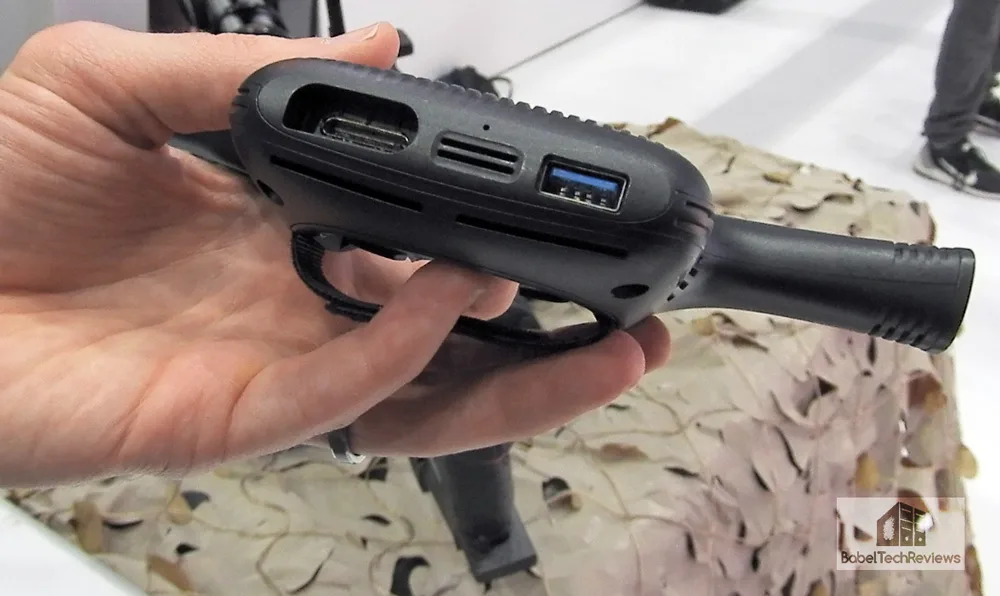
It looks like this wireless adapter will ship in 2018, and we are looking forward to reviewing both it and the Vive Pro for BTR’s readers. We next headed for an appointment to demo VR Defector in the Facebook Gaming booth.
Facebook Gaming booth – VR Defector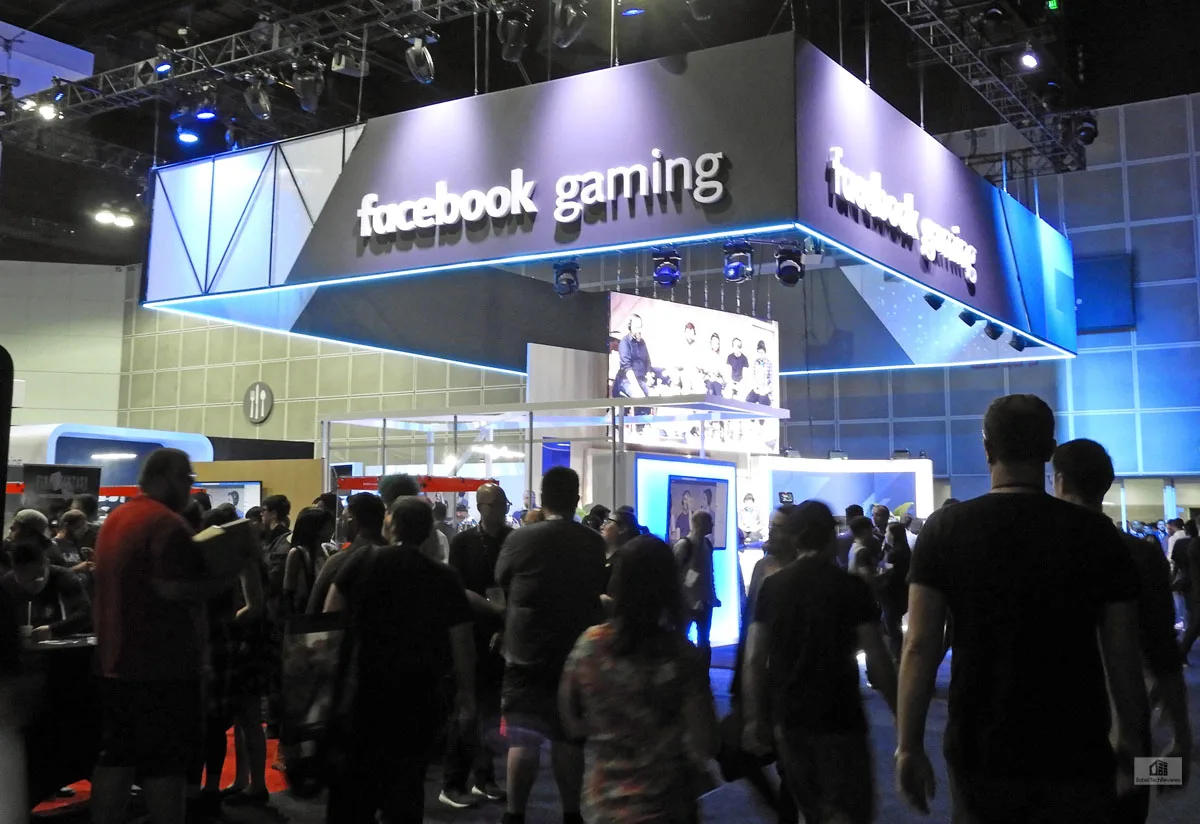
We had demoed the upcoming Oculus exclusive spy VR game, Defector, a game for those who want to experience being a secret agent. Twisted Pixel’s Defector, is one of the most anticipated VR games coming to the Rift later this year.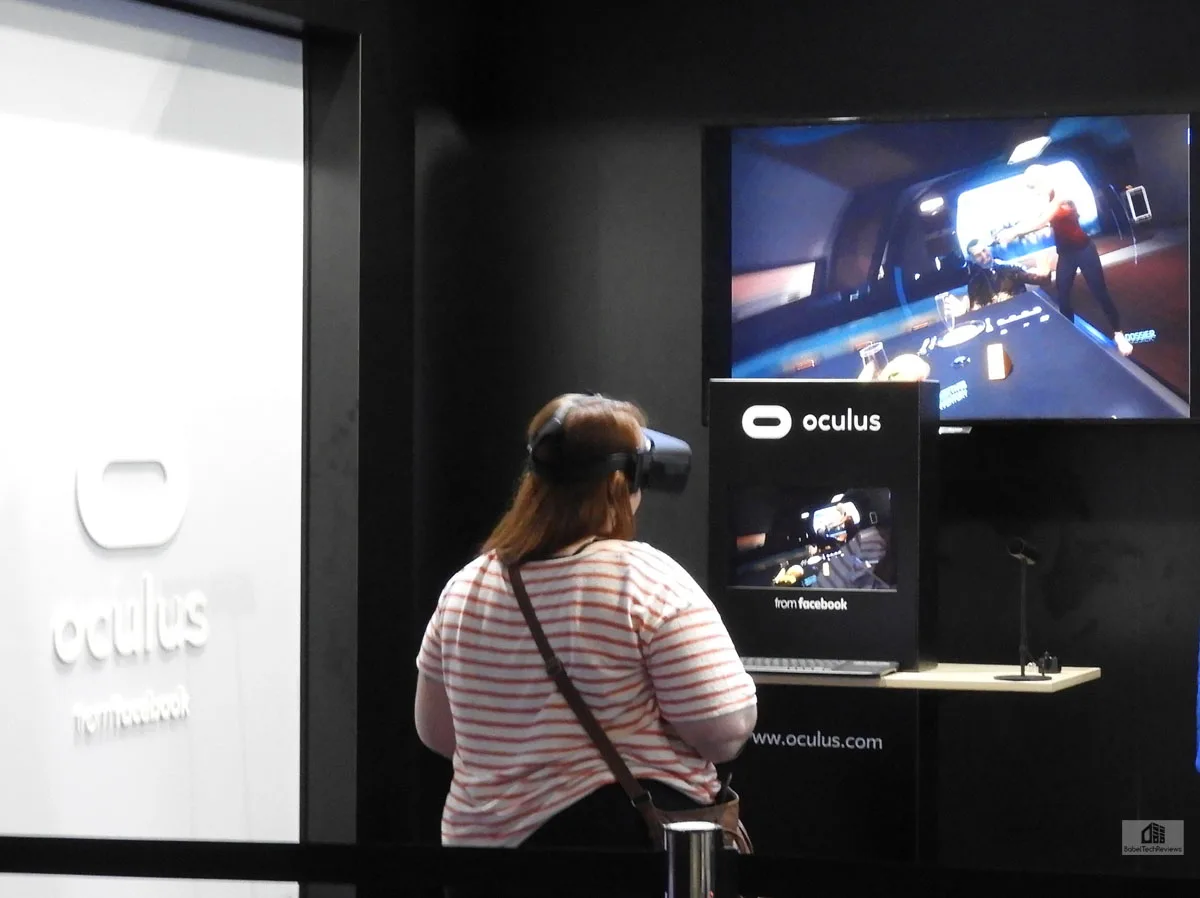
Unfortunately, we had to sit and the demonstrators kindly set up tracking for a stated position but the controls were just slightly off, and we could not complete the demo. However, we found Defector really fun and as advertised, and we were immediately drawn into the training mission which not only taught us the controls, but set up our interrogation system. The first mission had plenty of action which included leaping from a doomed airplane onto another and grabbing a hand hold at the right instant.
We are looking forward to playing Defector as it seems well-polished even now, and we plan to review the game and measure its performance using FCAT-VR when it is released. We next headed over to check out the Woojer ryg Haptic Vest.
Woojer’s ryg Haptic Vest
Woojer’s upcoming ryg haptic vest is primarily designed for VR, although it is unfortunate that it was only demonstrated with pancake movies, games, and music. The presenter made it clear that the vest can provide automatic haptic feedback that ranges from feeling the effects of a gunshot to feeling spiders crawl up ones back using 8 inducers to provide a subsonic feedback.
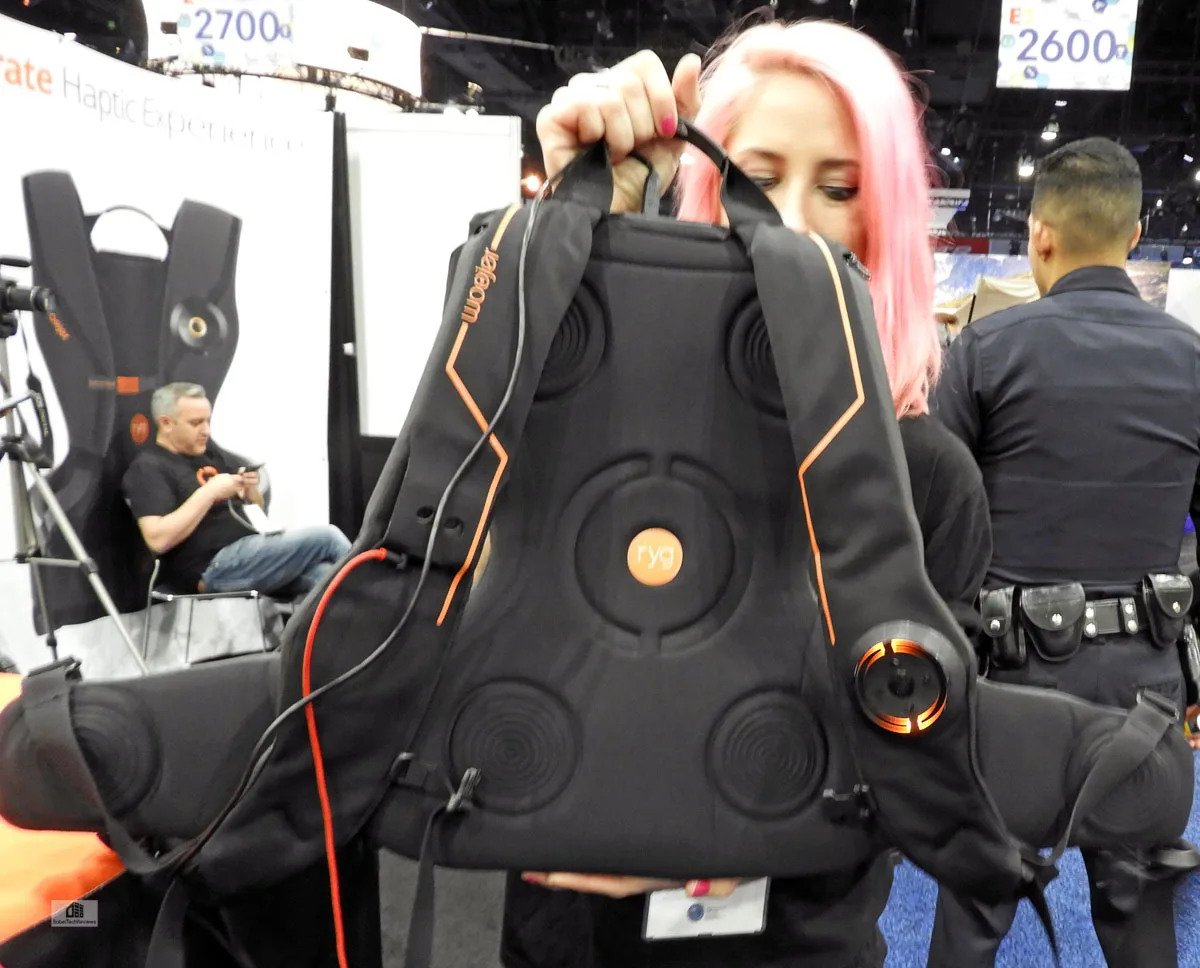
Woojer already builds haptic feedback systems for gaming, but the ryg is designed for VR and it is much more complex than the current model as it boasts adjustable channels, integrated controls, and multiple batteries for extended gaming sessions. It is comfortable and seems to weigh only about 5 lbs, and there will even be an optional wireless transmitter available for a completely untethered VR experience which will add a bit to its weight and price.
The ryg is designed to work best with 7.1 Dolby audio and above, but will handle any audio from a standard 3.5mm audio jack. It will be available at the Woojer online store in late 2018 for more than $500 and we would love to review it.
On the E3 Floor
Days Gone is a PS4 zombie-themed exclusive set to release in early 2019 that some fans were raving about while others seemed disappointed with its gameplay. Panels made up of devs and game representatives were everywhere and fans could ask them questions.
Both Microsoft and Sony spent no expense in publicizing their upcoming games. Nintendo had a major presence at E3 2018 also and it appears that the Switch is quite successful.
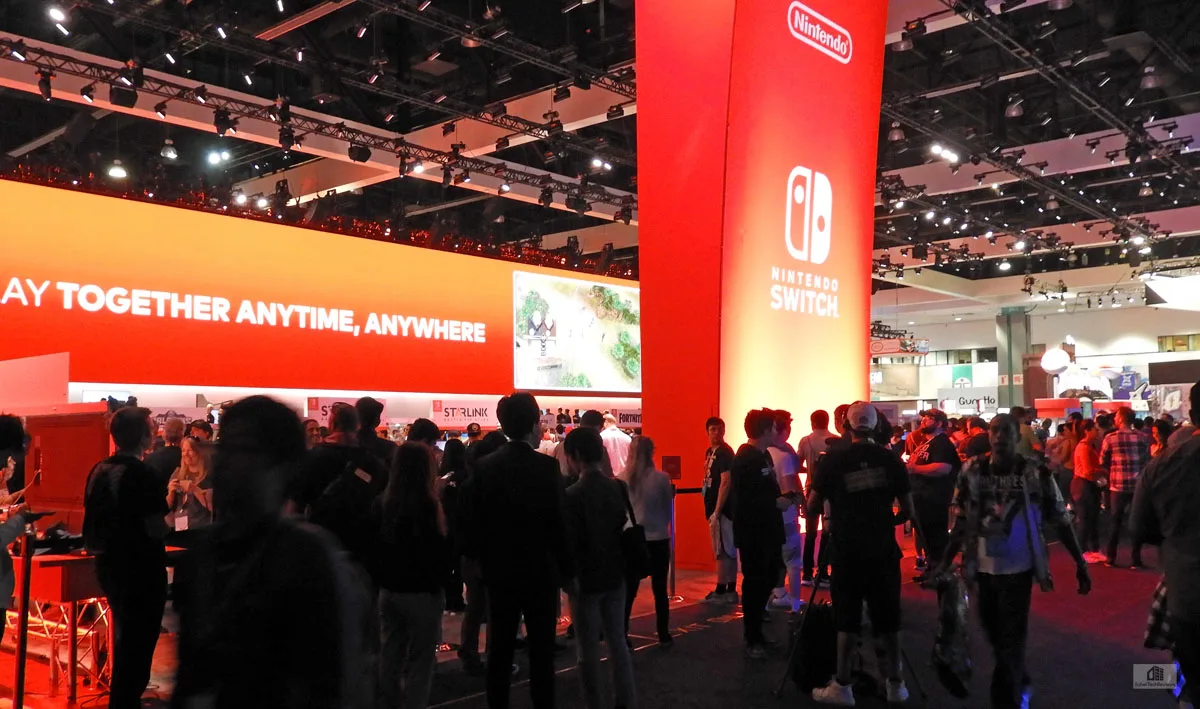 Of course, there was a lot more that we saw that we can’t cover here, and it was soon time to head home right at the peak of LA’s worst downtown traffic. Next year, we hope to spend more than one day at E3 2019 which will take place June 11-13, 2019 at the Los Angeles Convention Center. We’ll see you there with an expanded E3 2019 wrap-up next year!
Of course, there was a lot more that we saw that we can’t cover here, and it was soon time to head home right at the peak of LA’s worst downtown traffic. Next year, we hope to spend more than one day at E3 2019 which will take place June 11-13, 2019 at the Los Angeles Convention Center. We’ll see you there with an expanded E3 2019 wrap-up next year!
In the meantime, we will continue to bring you reviews of PC and VR games and also of gaming hardware that we previewed at E3, especially the Vive Pro. Although VR is still niche, BTR is committed to bringing our readers the best VR hardware and game reviews including benchmarking 20+ VR games across multiple video cards using FCAT-VR to accurately measure and compare performance. Please see BTR’s new VR landing page.
Happy Gaming!
